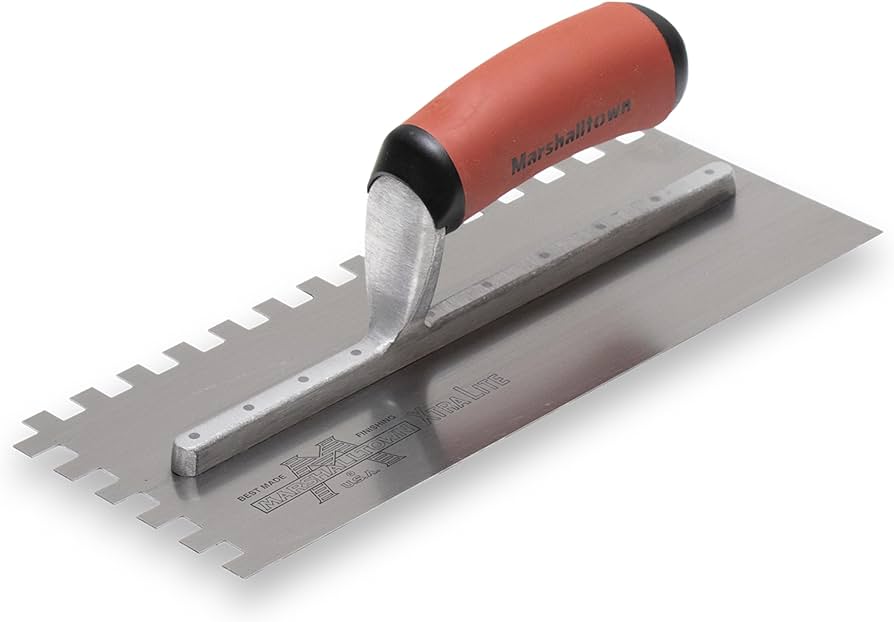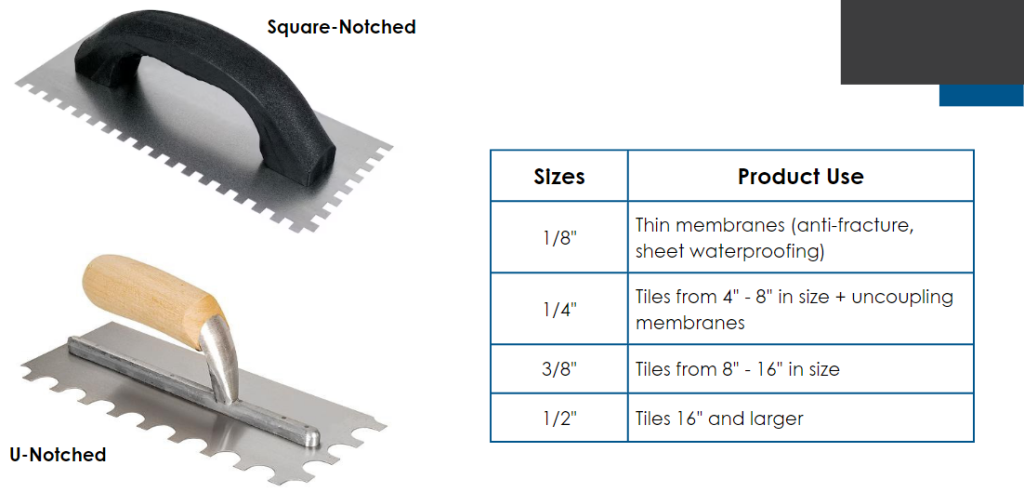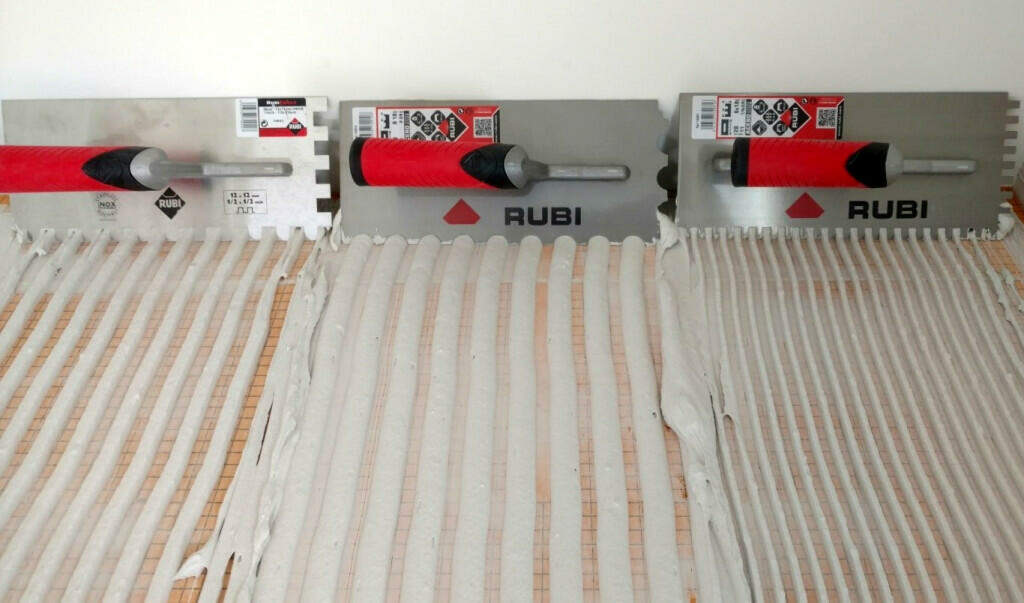Uncover the secrets to choosing the right tile trowel for your next project in this comprehensive guide. Don’t miss out!
When embarking on a tile installation project, selecting the right tile trowel is crucial for ensuring a successful outcome. The diverse array of tile trowels available in the market can be overwhelming, but understanding the different types, factors to consider, and tips for proper use can help you make an informed decision.
Table of Contents
Understanding the Different Types of Tile Trowels
A tile trowel plays a vital role in spreading mortar evenly and creating proper adhesion between the tile and the substrate. Here are the most common types of tile trowels:
V-notch trowel: This type of trowel features v-shaped notches that are ideal for spreading thinset mortar for smaller tiles, typically up to 6×6 inches in size.
Square-notch trowel: Square notched trowels have square-shaped notches and are suitable for medium to large format tiles, ensuring proper mortar coverage and adhesion.
U-notched trowel: U-notched trowels have a U-shaped notch that is suitable for thicker mortar applications, such as for natural stone tiles or large-format tiles with uneven backs.
Rounded-notch trowel: Rounded notched trowels are designed for use with highly deformable mortars and large-format tiles to prevent mortar squeeze-out and ensure proper adhesion.
Margin trowel: Margin trowels, with a flat rectangular blade, are perfect for small or intricate tiling tasks, such as working in tight spaces or applying mortar to corners.

Factors to Consider When Choosing a Tile Trowel
Several factors should be taken into account when selecting the right tile trowel for your project:
Tile size and type: The size and material of the tiles you are installing will dictate the type of trowel needed to achieve proper mortar coverage and adhesion.
Thinset type: Different thinset mortars require specific trowel types to ensure compatibility and optimal bond strength between the tile and substrate.
Substrate material: The surface you are tiling on, whether it’s cement board, plywood, or concrete, will influence the type and size of trowel needed to create a secure bond.
Desired mortar coverage: Understanding the manufacturer’s guidelines for mortar coverage can help you select the correct trowel size to achieve the recommended coverage for your tiles.
Hand comfort and ease of use: Consider the ergonomics of the trowel handle and how comfortable it feels in your hand, especially for larger tiling projects that require extended use.
How to Choose the Right Size Trowel for Your Project
Matching the trowel size to the tile size and type is essential for achieving proper mortar coverage and tile adhesion. Here’s how to determine the right trowel size for your project:

Matching trowel size to tile size: Larger tiles typically require a larger trowel size to accommodate the greater amount of mortar needed to ensure full coverage and support.
Proper mortar coverage guidelines: Follow the manufacturer’s recommendations for mortar coverage based on tile size, type, and substrate material to prevent issues like tile lippage or poor adhesion.
Calculating the right trowel size: You can calculate the appropriate trowel size by considering the square footage of the tile and adjusting for factors like tile orientation and mortar consistency.
Tips for Proper Trowel Use and Maintenance
Proper trowel use and maintenance are key to achieving a successful tile installation. Here are some essential tips:
How to achieve proper mortar coverage: Hold the trowel at a consistent angle, apply even pressure, and comb the mortar in one direction to ensure uniform coverage.
Maintaining a clean and sharp trowel edge: Regularly clean excess mortar from the trowel and file any nicks or burrs to maintain a sharp edge for smooth application and reduced material wastage.
Proper cleaning and storage practices: Clean the trowel thoroughly after each use to prevent mortar buildup, rust, or corrosion. Store the trowel in a dry, well-ventilated area to prolong its lifespan.
Conclusion
Choosing the right tile trowel for your project is a critical step in ensuring a successful and long-lasting tile installation. By understanding the different types of tile trowels, considering key factors like tile size and thinset type, selecting the right trowel size, and following proper trowel use and maintenance practices, you can achieve professional results and enjoy a beautiful, durable tiled surface.
